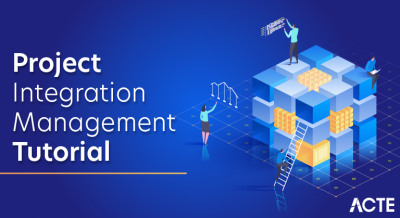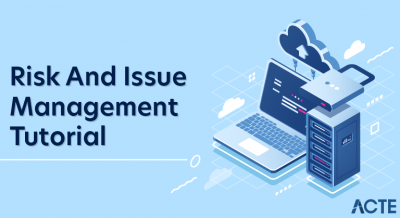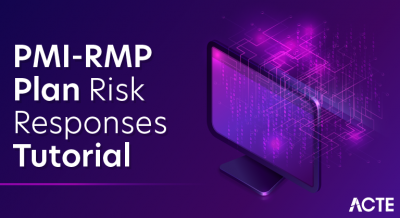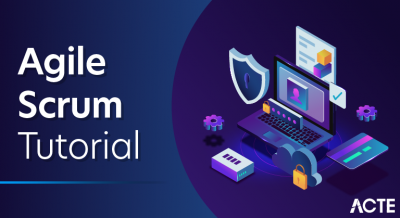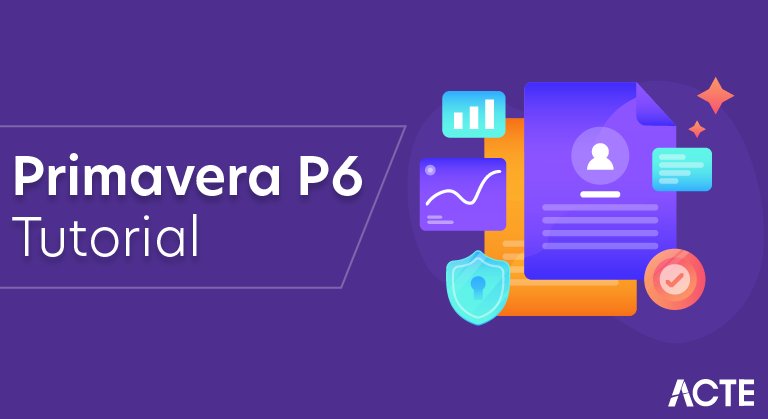
What is Primavera P6?
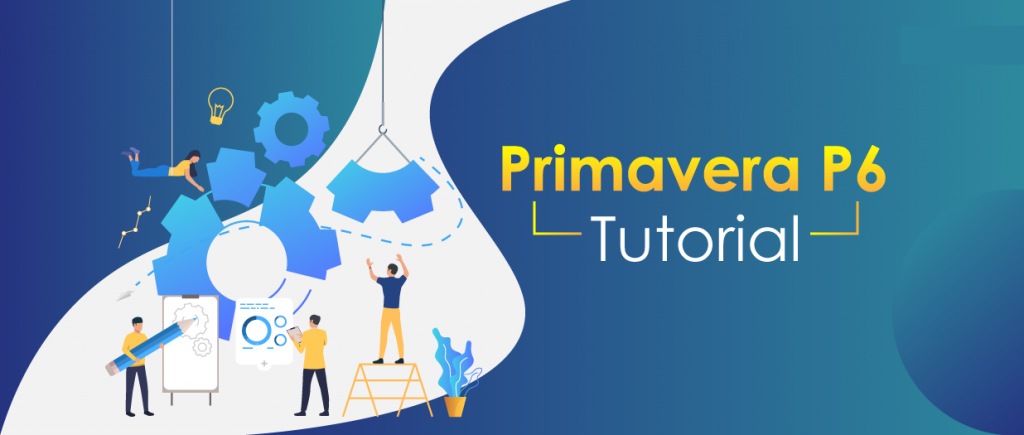
The official name of P6 is Oracle Primavera P6 Enterprise Project Portfolio Management, which accurately reflects the software’s scope and purpose. Primavera Eppm products along with Oracle’s project financials, supply chain management, business intelligence, product lifecycle management and infrastructure software are expected to provide comprehensive and best Project Portfolio Management solutions for Enterprises. The solutions help companies optimize resources and the supply chain, manage changes, reduce costs, make better decisions and meet delivery dates using real-time data.
Primavera directly reflects the organization with its International project management standards in meeting and deadlines and managing budget and step towards its performance and success. Project planning is essential to value as many business opportunities as possible at low costs during a shorter period, considering 4P- Predicting, Planning, Progress and Performance output including, which has a direct impact upon the recommended Primavera success and durability of the organization. Primavera is exclusively designed to work with one organization at a time.
Primavera P6 Project Management
Predicting project management support is one of the crucial factors conditions the project success and forecasting all the complex investments. Thus the situations could interfere with its execution and change the desired flow becoming an international one. Primavera provides advanced planning and forecasting preferably for managing this activity. Primavera considers standardization needs using templates organization’s templates and collaborates, analysis with distinct reference projects, supported by a Methodology Manager.
Why Primavera Project Management?
Primavera helps organizations to minimize risks identified providing a chance to learn both from the project’s successes and mistakes of each project with perfect planning. So that, it is clear for the project managers to predict based on analysis, cost forecasting and previous experiences.
Primavera allows project management regardless of their complexity, coordination between designers, contractors, and beneficiaries. Primavera enables viewing the execution stages of the ongoing projects and the system cases, project comparison with charts, forecasted project data and facilitating quick and documented decision implementation.
With its user-friendly interface, Primavera provides the best planning and controlling solutions for even the most complex projects. It features a Gantt in case of charts, resources, cost histograms, PERT network charts, and predefined refinery. The project duration filters specific to each field and presets the report formats for providing involving operation downtime with the clear insight on each project.
Primavera’s Project Management Consists of:
- An Enterprise Structure (includes managers at highest levels to individuals at the primary level of an organization. Multiple users can concurrently access the same projects).
- Centralized Resource Management
- Integrated Risk Management
- Threshold Management
- Issue Management
- Tracking feature to enable dynamic cross-project roll-ups of earned value, cost, and schedule
- Report Wizard
Enterprise
P3 being a standalone application designed for a single-end user on a dedicated machine while P6 is a multi-tier system intended to work with multiple users at a time with a backend database and a web server in the front-end with application layer in the middle. The web server enables the system to connect with users via a web interface like Mozilla Firefox and Internet Explorer. The system is very scalable and supports millions of activities, allowing companies which are diversely and geologically spread and workforce across the globe.
P6 Core Concept
As we have discussed earlier, P6 is a scheduling application which means vary greatly. Each project shares some common characteristics through the output changes. Here is the list of P6 Core Concepts:
- Deliverables
- Work Scope
- Time Management
- Cost Management
- Resources including People, equipment, and Materials
- Project team communication
- Purchases
Activities
After creating work breakdown structure (WBS) in Primavera P6 EPPM, defining events will take place. An activity is a logical element that can occur independently or depend on others. The core strength of Primavera P6 is managing operations.
Primavera P6 provides six types of activities and is very important to understand. They help to calculate and determine the start and finish of the activity. They are listed as follows:
- Task-Dependent
- Resource Dependent
- Start Milestone
- Finish Milestone
- Level of Effort
- WBS Summary
Describing activities is a significant step in Primavera’s project scheduling process as they deliver WBS deliverables. An experienced primavera scheduler is essential to define a successful activity. Identifying an activity accurately and estimating corresponding planed duration is very important for schedule development.
Primavera P6 Advanced Rel 17
The Primavera P6 Advanced training is an advanced level training that will train you to gain expertise in advanced resource management. You will also gain command of various project management topics. The training aims at increasing your efficiency in managing resources effectively to maximize the investment. This training will help you gain hands-on expertise in the following –
- Using high-level resource planning
- Using resource-leveling.
- Staff resource requests
- Creating resource teams and role teams
- Assessing portfolio performance
- Viewing return on investment data.
- Conducting waterline analysis
- Using advanced scheduling techniques
Primavera P6 Learning Subscription
The Oracle Primavera P6 Learning Subscription trains you in enhancing project effectiveness with Oracle’s Project Portfolio Management. The training teaches you the tactics of taking advantage of powerful new capabilities within Primavera P6 Enterprise Project Portfolio Management (PPM). This will help to enable your organization to increase PPM process rigor and then, controlling it through improved reporting, user experience, and application integrations.
OPN Boot Camps
The OPN Boot Camps will sharpen your skills by providing you with role-based training on industry-leading Oracle solutions and services. These are instructor-led training that is concise, and intensive. There two such OPN Boot Camps which support this certification exam –
- Primavera P6 Enterprise Project Portfolio Management 8 Fundamentals Boot Camp
- Primavera P6 Enterprise Project Portfolio Management 8 Design and Configuration Boot Camp
P6 Organization: Enterprise Project Structure
It is important to understand the hierarchical framework that P6 uses to organize projects. The program is broken into its constituent elements. Those elements are represented by Enterprise Project Structure (EPS) nodes. Each EPS node can contain multiple projects. Each project can be further described and organized by the work breakdown structure (WBS), and then by schedule activities.
The EPS is an organizational tool to create a hierarchy for grouping and organizing projects in a manner which parallels the organization’s needs. With the ability to create up to 50 EPS levels, project storage structures can be developed to accommodate multiple complicated organization structures. The overall program is represented by multiple EPS levels.
- Level 1 nodes represent the districts
- Level 2 nodes represent an individual resident engineer office
- Level 3 nodes represent a specific project expenditure authorization (EA).
In this way, there is a logical grouping of schedules, which provide an intuitive means of drilling down and summarizing. Projects exist as separate files within an EPS level, and each EPS level can contain multiple projects.
Each project has a unique work breakdown structure that describes contract scope and groups work activities appropriately. Contract scope is divided into individual work activities, which describe the order in which work will occur, and how long each activity will take, given assumed resources.
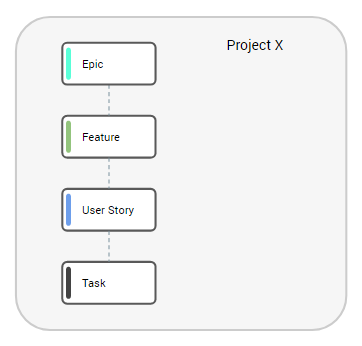
New Features in Primavera P6 Version 8
Primavera versions 7 and 8 have several changes. Some of the highlights are as follows:
- Oracle BI is the reporting engine of P6 enterprise, which also reports the full range of Oracle products.
- Using IBM WebSphere, Weblogic, and JBoss for supporting P6 version 7, which is an open source application server. JBoss is unable to help Version 8 and WebLogic is a standardized product for Oracle.
- Unlike prior versions, Version 8 consists of templates as a part of the central P6 database. One can manage and secure them through a web interface. (Professional P6 does not support templates).
- Oracle’s Business Process Management Suite allows a set of tools that enable product communication. Development of customized workflows to interact with distinct productions is one of the functionalities of this suite. BPM is a well-documented technology explained on several websites and books like Getting Started with BPM Suite 11gR1- A Hands-On Tutorial, Packt Publishing.
- P6 Version 8 comes with enhanced risk management tools. For monitoring and tracking risks, included a risk register and risk scoring matrix.
- EPPM version is ultimately a web-based interface. Users can quickly create and manage their project schedules through the web, using Mozilla Firefox or Microsoft Internet Explorer.
- It is a customized version with Tabbed views and configurable toolbars for easy navigation.
- To emphasize logical connections between project activities, version 8 is Time-scaled with logical diagrams for viewing schedules.
Additional Features in Primavera P6 Version 8.2
There are several new features which have been added to release 8.2
- It is a challenge to find a particular column or customizing layouts in P6 as it consists of several fields (probably dozens). Version 8.2 come up with a new feature called “Search Columns,” each column screen includes a search text box to make search easy.
- The installer in 8.2 has made more accessible. The installer can walk through setting up P6 and several other applications, which is the primary drawback in earlier versions. It includes UPK, P6 Help, OCM, Integration API, Progress Reporter, Team Member and Web Services.
- Creating a new resource directly from a user account is easy in version 8.2. Unlike previous versions, 8.2 is enabled with a new user management feature to copy all their current toolbars and preferences with standard settings.
- The older version of 8.2 is not capable of checking out a project in P6 Web. In 8.2, had an additional feature called exclusive mode, it enables users to check out a new project that tags with a lock icon providing access to only the user who locked it.
- P6 Version 8.2 has “Under filter” is a new property to filter data by item location within a hierarchy.
- Version 8.2 supports Microsoft 2010 to update P6, and the user can manage the enterprise data in P6.
- Still, now we have two windows desktop clients 8.1 and P6 professional, which are alike but with specific administrative features stripped away. Now there is one and only one P6B Unified version that supports stand-alone as well as running connected to the enterprise system.
- Line numbering is another essential feature added to 8.2. With this, we can choose line numbers to display on the P6 professional screen. These numbers are helpful to create your project screenshots and while talking about specific lines.
- P6 Version 8.2 provides advanced Mobile Support with Progress reporter to optimize to perform this on tablets. Even iPhone applications have gotten new features and email-based status.

